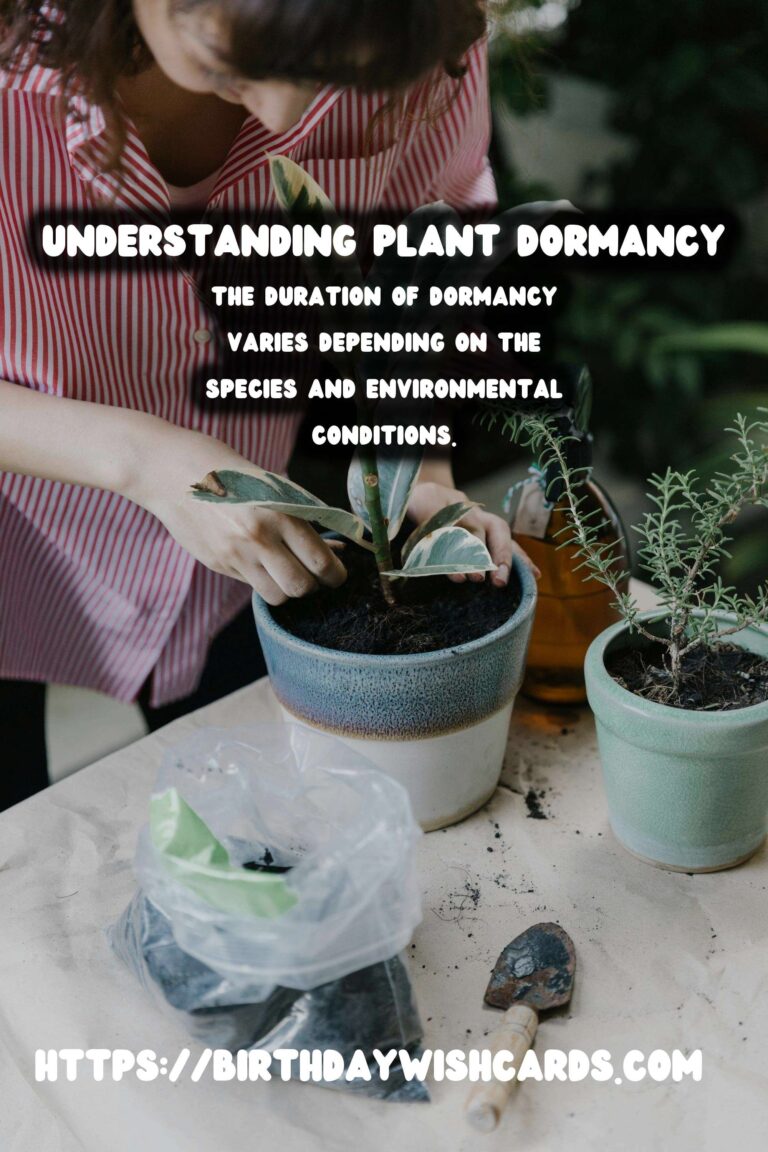
Many houseplant owners often wonder why their plants seem to ‘die’ during certain times of the year. This phenomenon is known as plant dormancy, a natural process that helps plants survive unfavorable seasons. Understanding this process is crucial for every plant enthusiast to ensure their plants remain healthy year-round.
What is Plant Dormancy?
Plant dormancy is a period in which a plant temporarily stops growing and conserves energy. This process is primarily triggered by changes in temperature, light, and water availability, mimicking the natural conditions of their native habitats.
Why Do Houseplants Enter Dormancy?
Houseplants enter dormancy as a survival mechanism. In the wild, many plants experience cold winters with limited sunlight and water. By going dormant, they can conserve energy and resources until favorable conditions return.
Signs of Dormancy in Houseplants
Recognizing the signs of dormancy can help prevent unnecessary intervention. Common signs include:
- Slowed or halted growth
- Yellowing leaves
- Leaf drop
- Reduced water uptake
These signs indicate that the plant is conserving its energy.
How Long Does Dormancy Last?
The duration of dormancy varies depending on the species and environmental conditions. Typically, dormancy lasts from a few weeks to several months.
Caring for Dormant Houseplants
During dormancy, care requirements change. Watering should be reduced since the plant’s water needs are minimal. Fertilizing should also be paused until the plant resumes active growth. Ensure the plant is kept in a cool, stable environment with adequate humidity.
Common Houseplants and Their Dormancy Patterns
Different houseplants have varying dormancy patterns. For example, succulents often go dormant in the winter, while tropical plants may slow down during the cooler months.
Myths and Misconceptions About Dormancy
Many people believe that dormancy is a sign of a dying plant. However, understanding that it’s a natural process can prevent unnecessary panic and intervention.
Conclusion
Understanding plant dormancy is essential for the healthy maintenance of houseplants. Recognizing the signs and adjusting care routines accordingly can help ensure that your plants thrive throughout the year.
Plant dormancy is a period in which a plant temporarily stops growing and conserves energy. Houseplants enter dormancy as a survival mechanism to conserve energy during unfavorable conditions. Recognizing the signs of dormancy can help prevent unnecessary intervention. The duration of dormancy varies depending on the species and environmental conditions. Understanding plant dormancy is essential for the healthy maintenance of houseplants. 
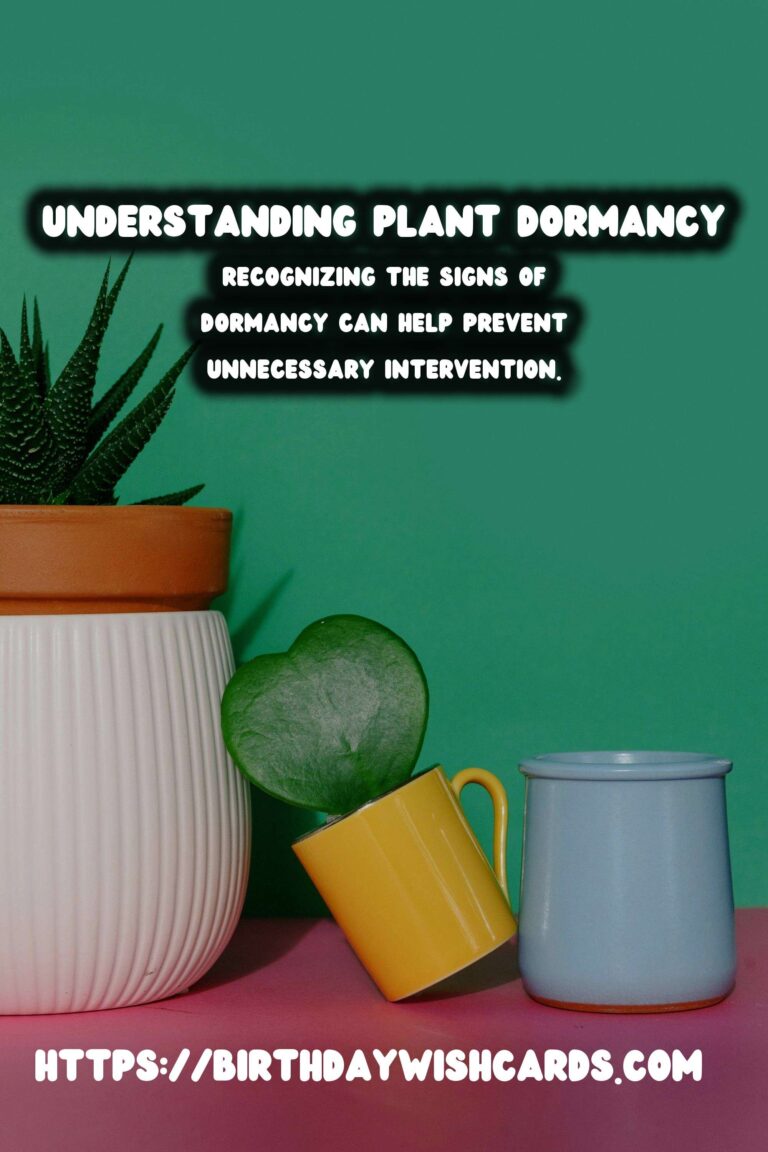
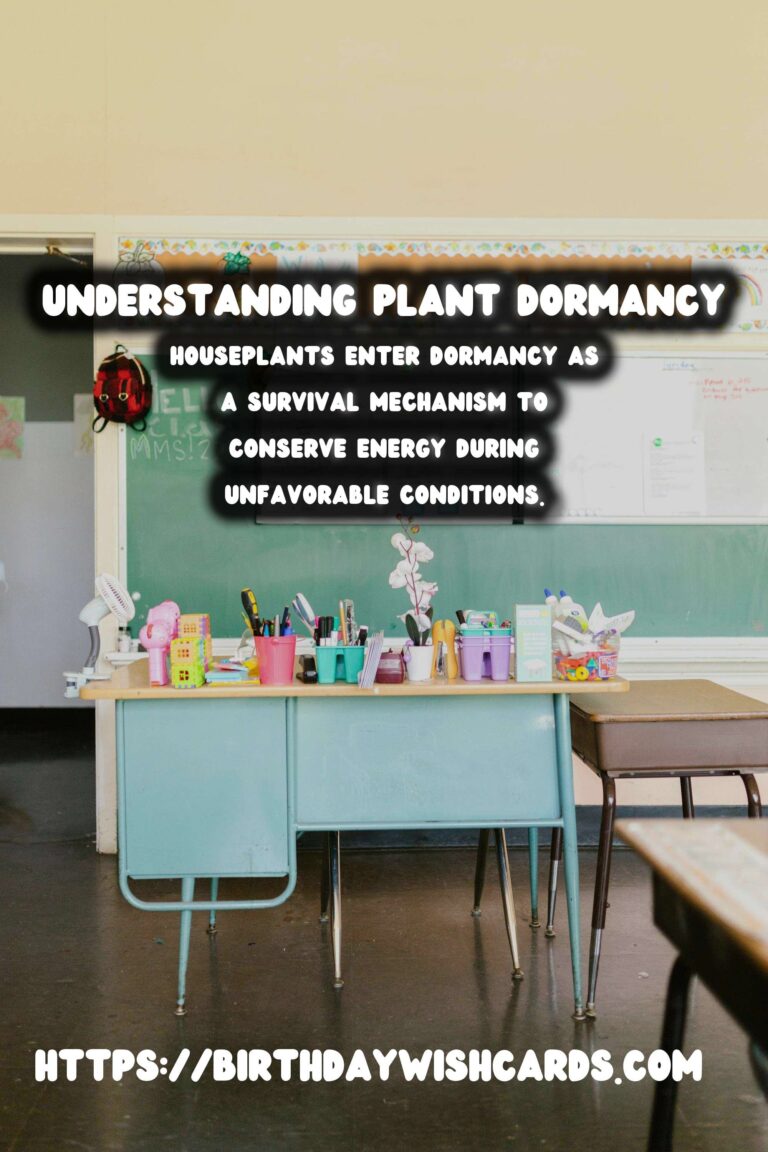
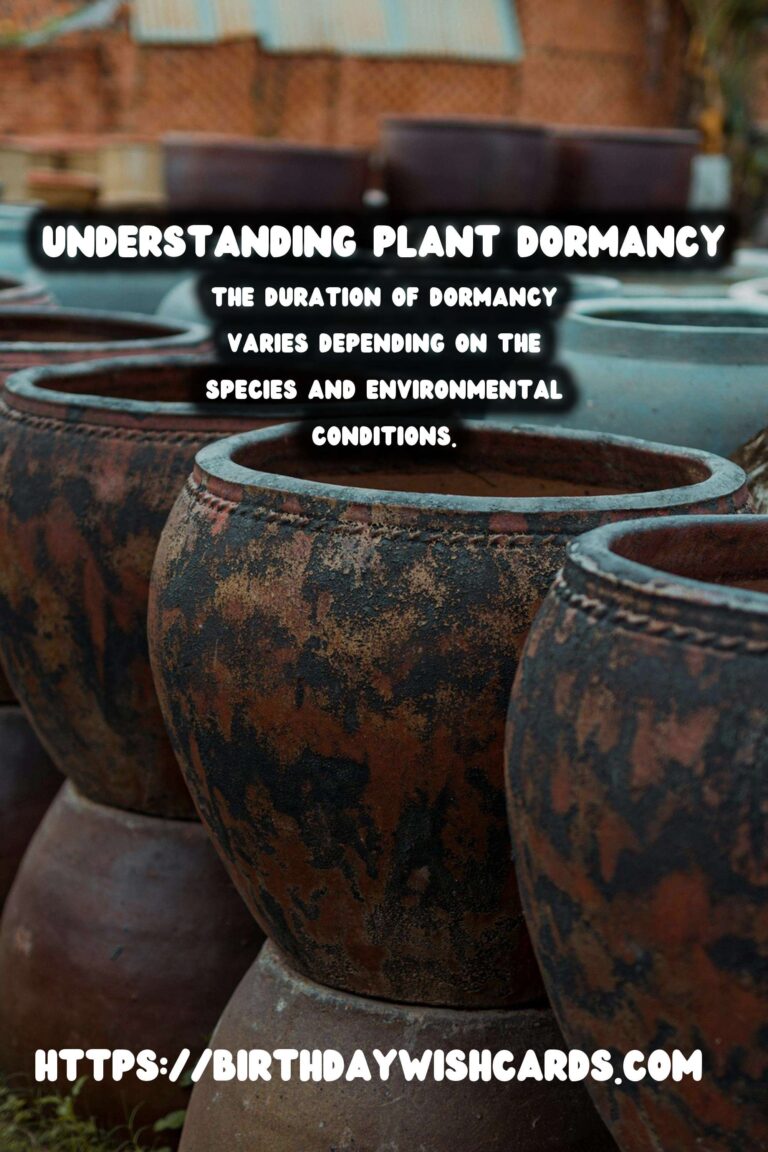
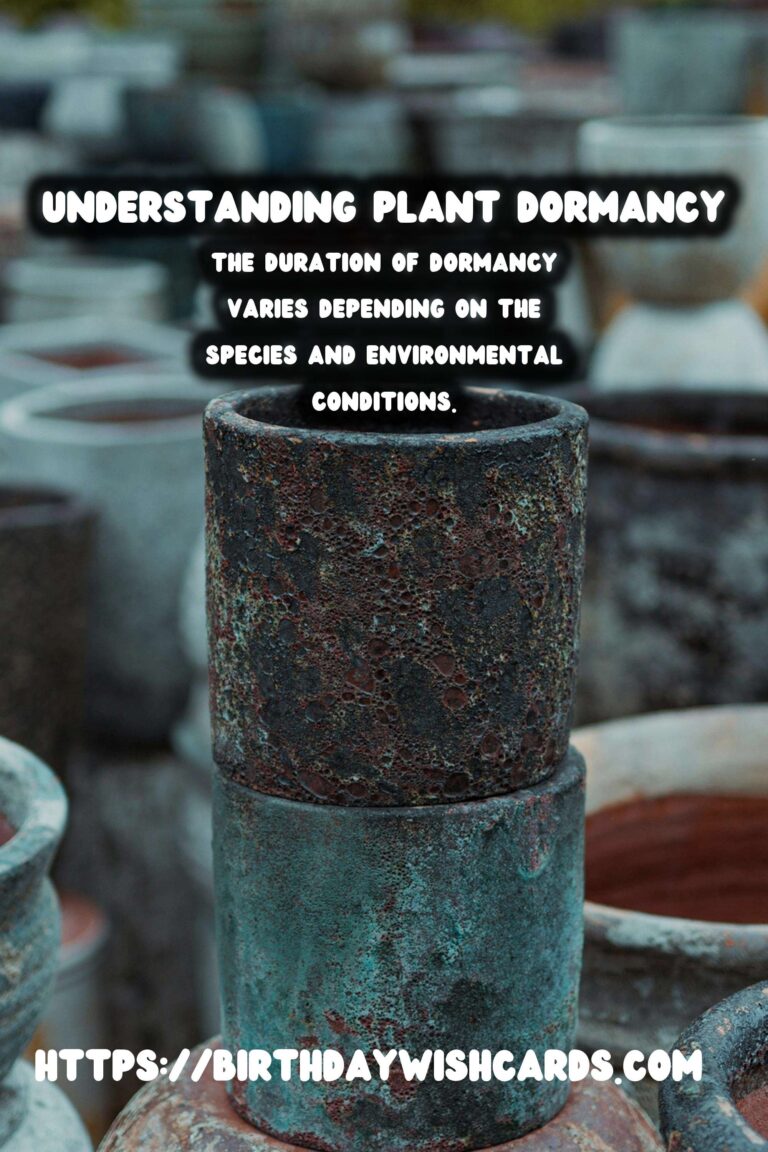
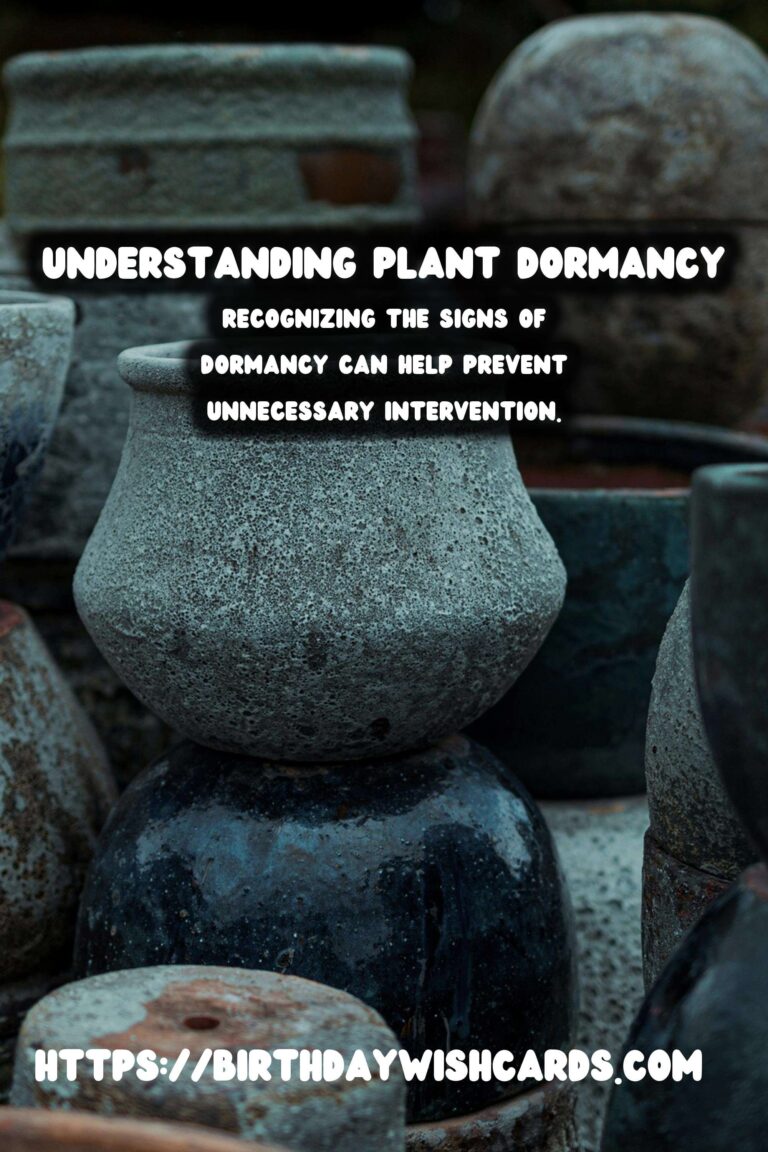

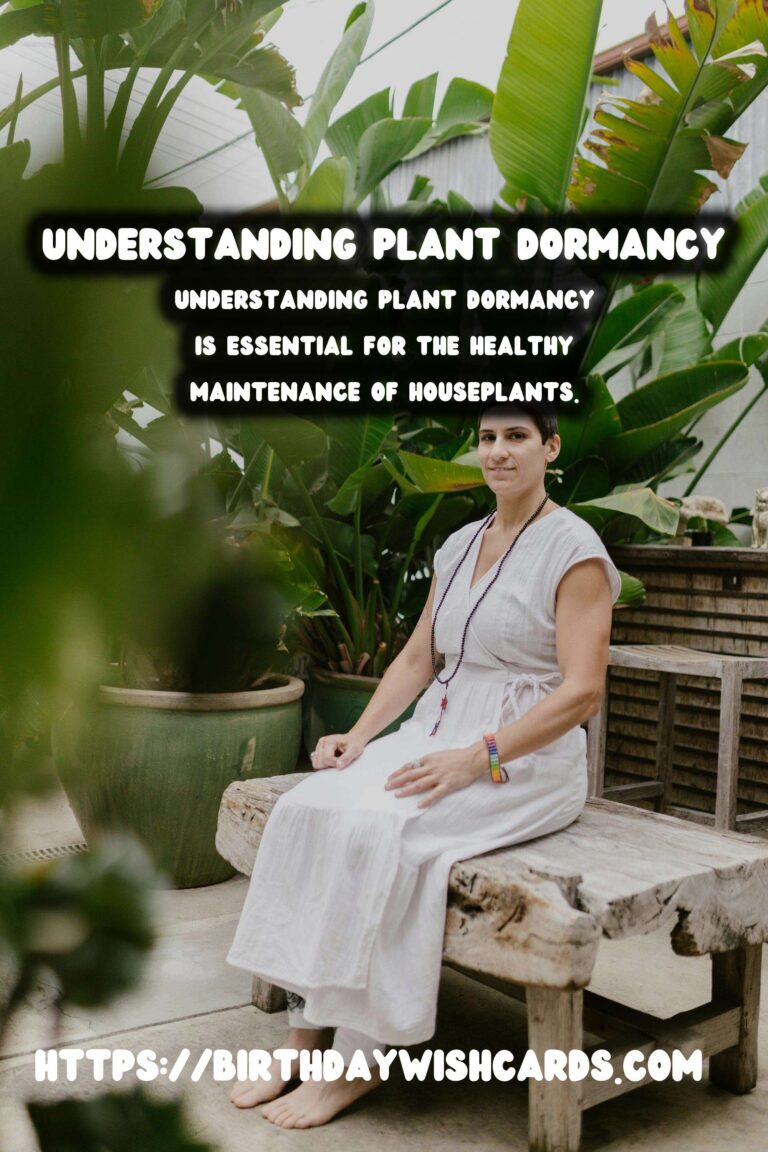
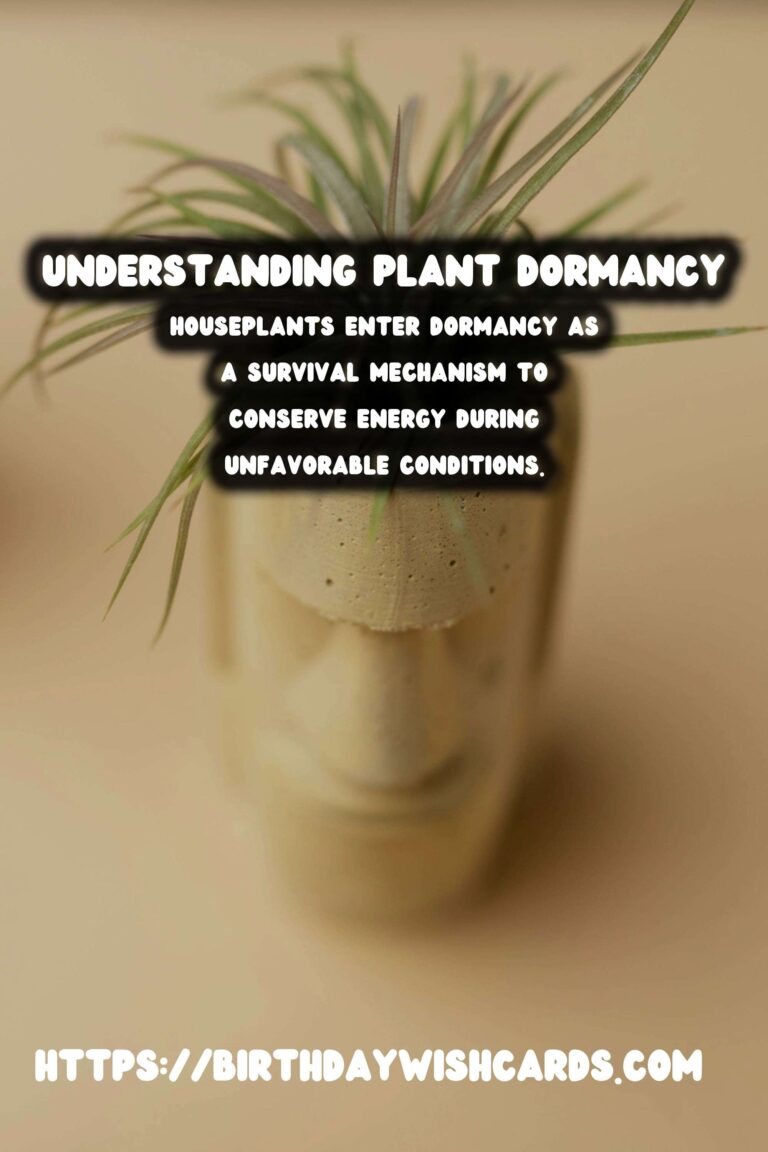
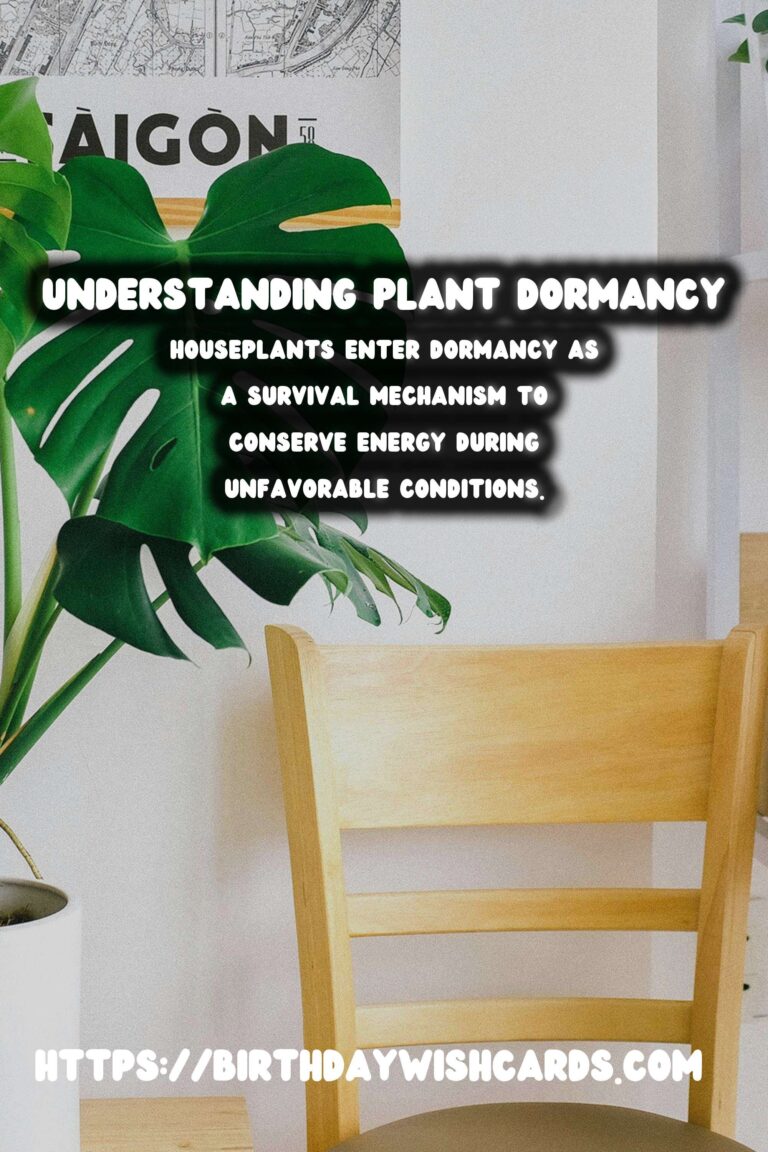
#PlantCare #Houseplants #PlantDormancy #GardeningTips #IndoorPlants




